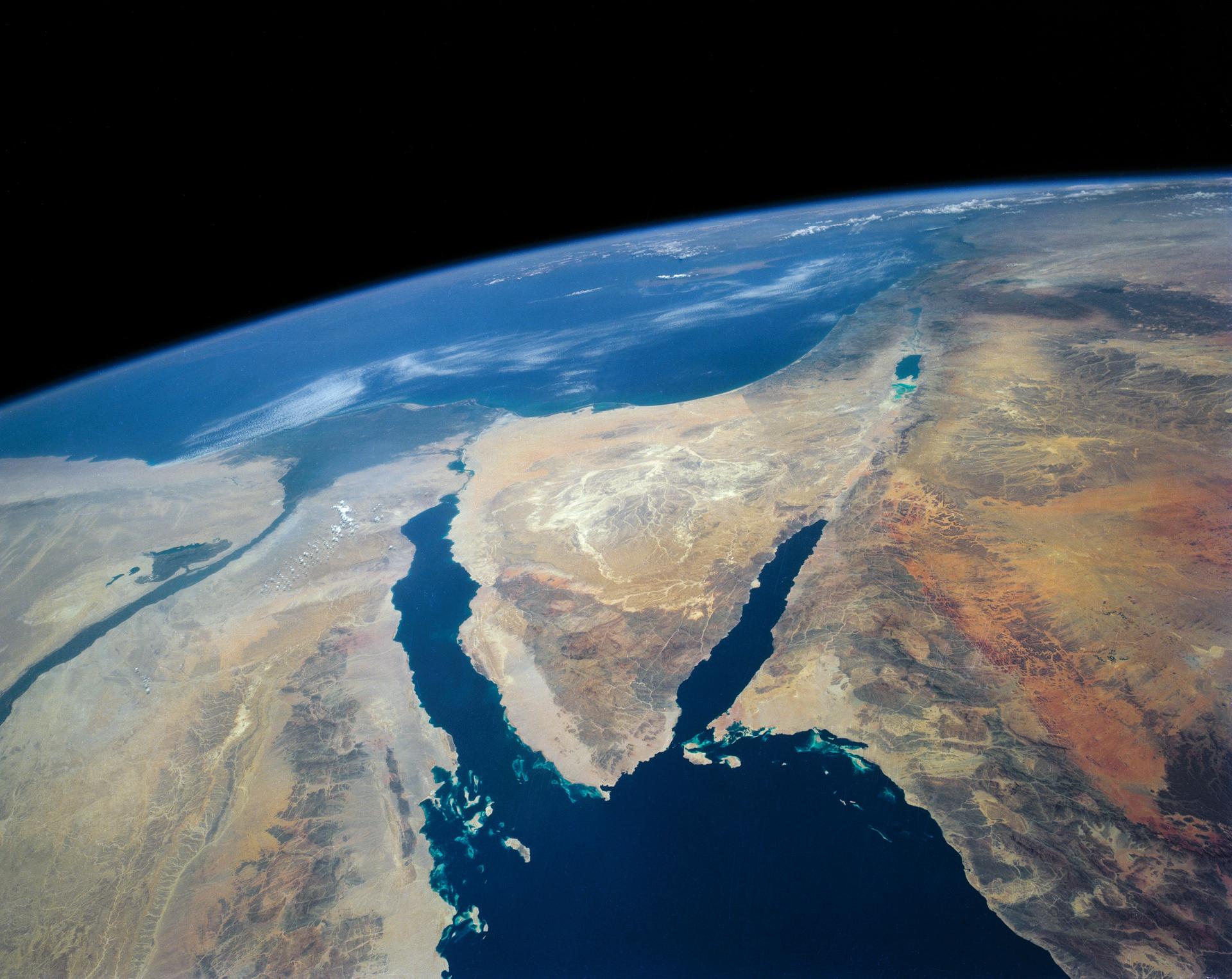[ad_1]
Deepwater oil and gas exploration off Egypt’s Mediterranean coast is now slated to be resumed by Royal Dutch Shell after a fairly prolonged pause, the company’s Govt Vice President Sami Iskander was quoted not too way back as saying at a press conference on the matter.
Owing to faltering oil manufacturing and rising energy imports, the federal authorities of Egypt is at current working to start such extra enchancment — with out which, in reality, the nation’s prospects will shortly flip into even worse than they’re now.
Reuters provides further knowledge: “Egypt is looking for to manufacturing from not too way back discovered fields to halt energy imports by 2019. A petroleum ministry official talked about closing month that new manufacturing at Shell’s West Nile Delta topic 9B is anticipated to achieve 350-400 million cubic toes per day by 2019.
“Individually, manufacturing from the first 3 wells throughout the topic is about to begin throughout the 2018-2019 fiscal 12 months. The sphere is owned by Egypt’s Primary Petroleum Firm (EGPC), Malaysia’s Petronas and Shell.”
To assemble on the aim made earlier throughout the article, Egypt’s monetary and societal prospects are attempting an increasing number of bleak by the 12 months on account of falling oil revenues, falling agricultural yields, rising water scarcity, and rising inhabitants numbers.
With that each one being the case, the idea Egypt (or nations in an identical state of affairs to it) are going to eager ply once more away from persevering with to extract the restricted fossil fuel reserves they’ve remaining isn’t credible. In such situations, every closing drop is susceptible to be burnt.
The state of affairs with Russia then, is particularly fascinating, as a result of the influence of the rising sanctions positioned on the nation by the USA is seemingly to energy it to point out inwards and to rely by itself belongings indefinitely — on this case, fossil fuels, amongst agricultural and mineral belongings as correctly. Such sanctions, in numerous phrases, make certain that such nations keep dedicated to burning by the whole fossil fuel reserves they possess (even when these are pretty substantial).
Image by NASA: STS040-152-180 (5-24 June 1991) — The Sinai Peninsula dominates this north-looking, oblique view. In accordance with NASA image specialists studying the STS 40 imagery, the Crimson Sea throughout the foreground is obvious of river sediment because of the prevailing dry native climate of the Heart East. The good rift of the Gulf of Aqaba extends northward to Turkey (prime correct) by the Ineffective Sea. The worldwide boundary between Israel and Egypt, reflecting completely completely different rural landscapes, stands out clearly. The Nile River runs by the physique. NASA image specialists contemplate the haze over the Mediterranean to be wind-borne mud. The image was taken with an Aero-Linhof large format digicam.
[ad_2]
Provide hyperlink
